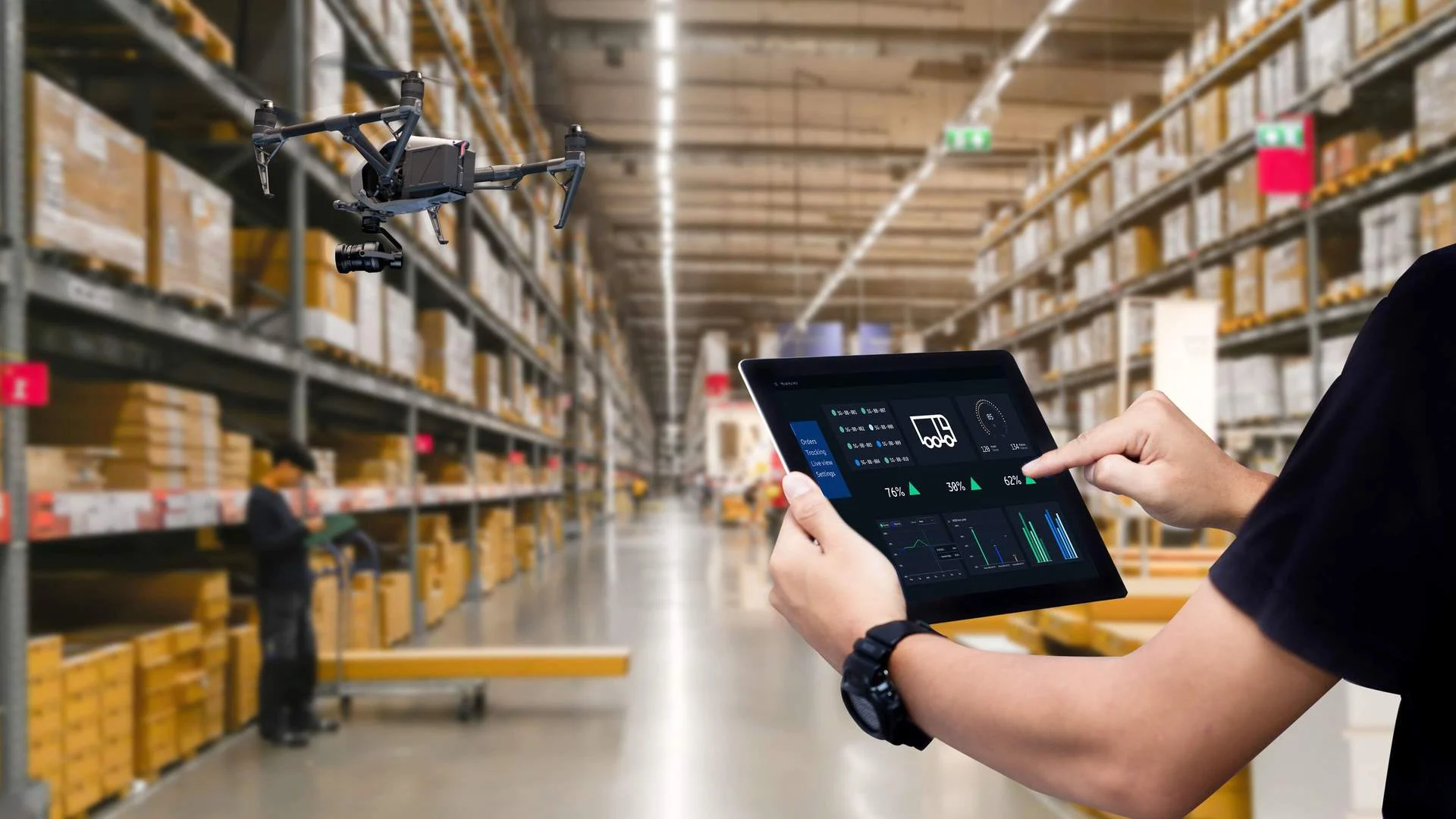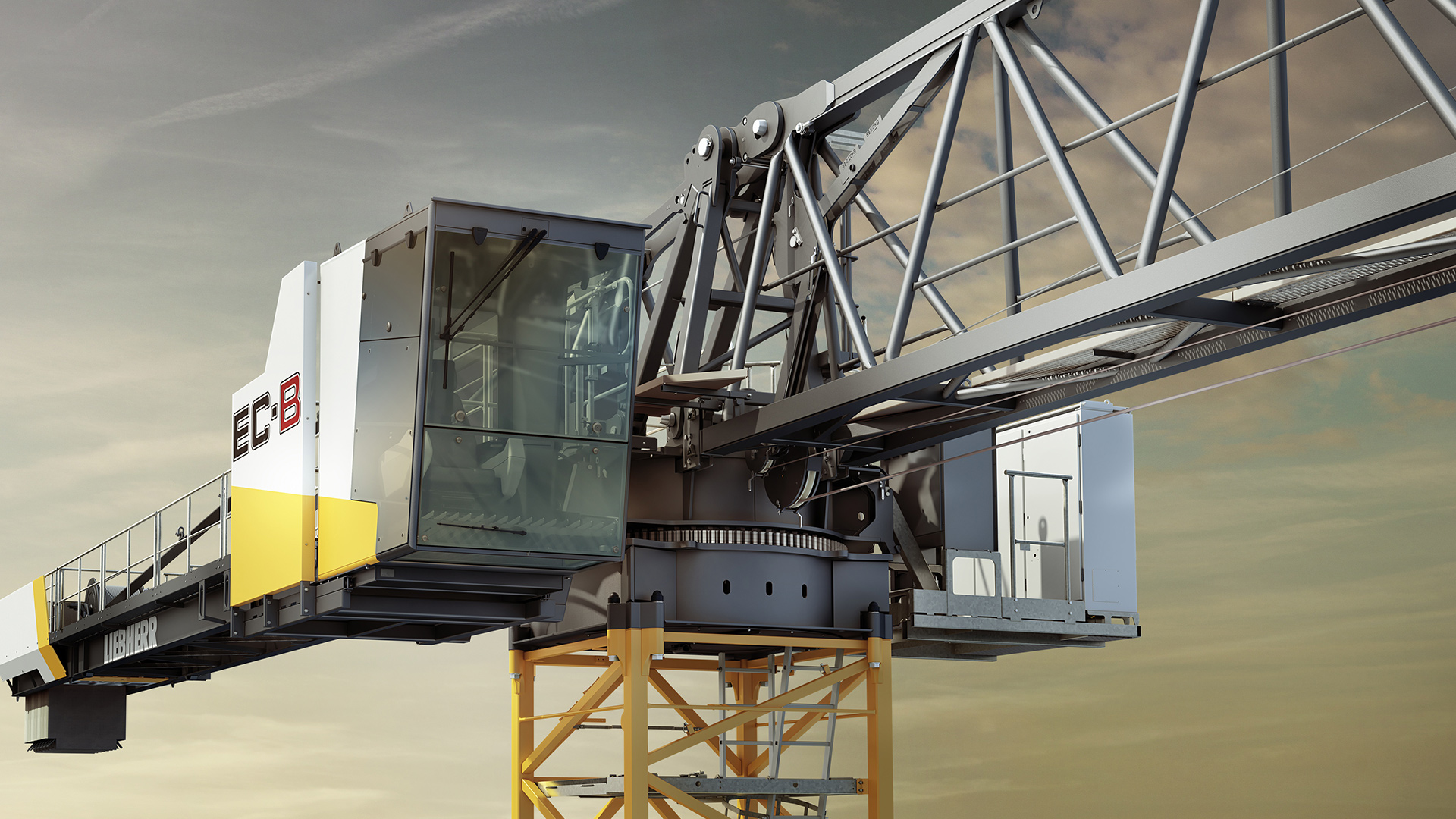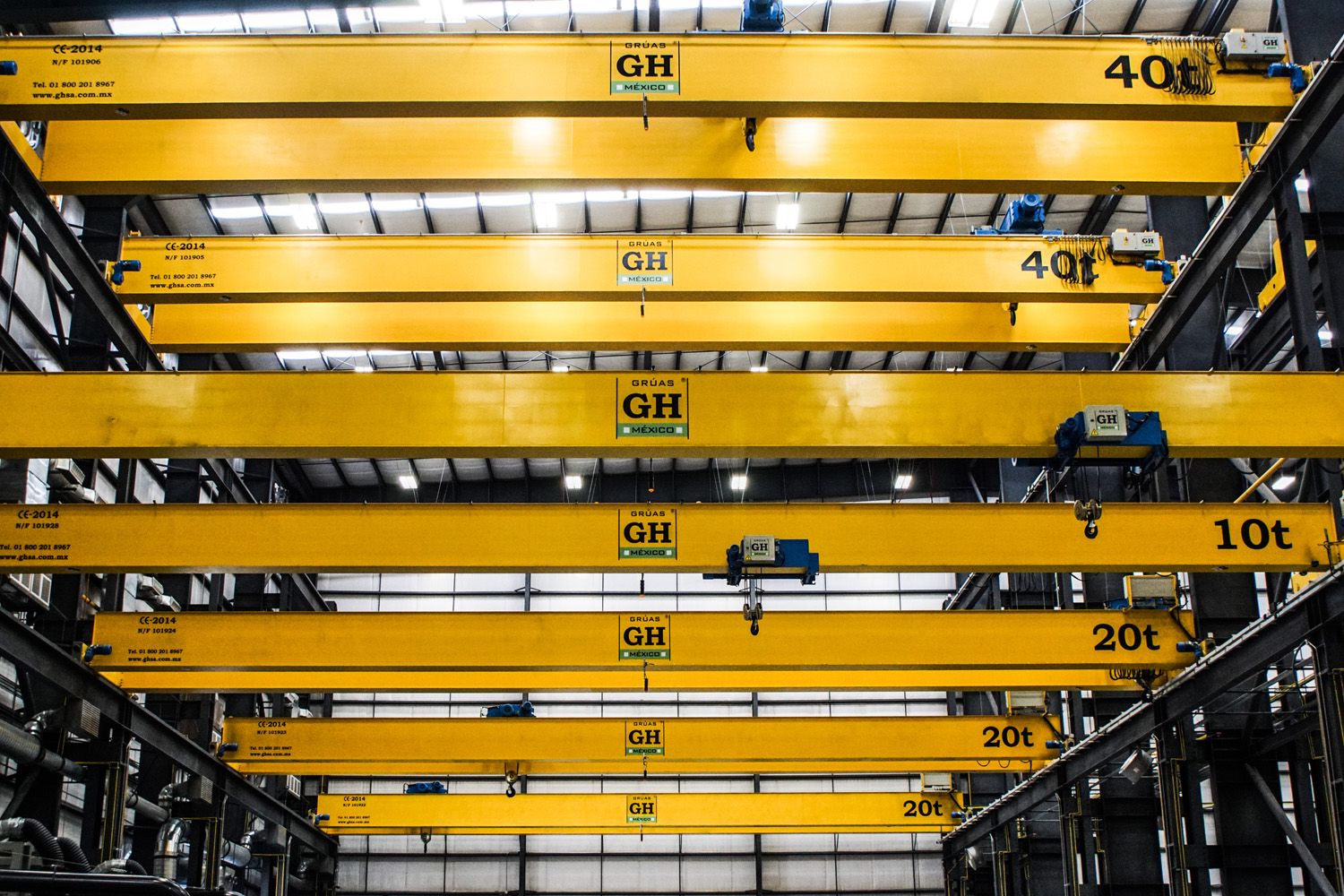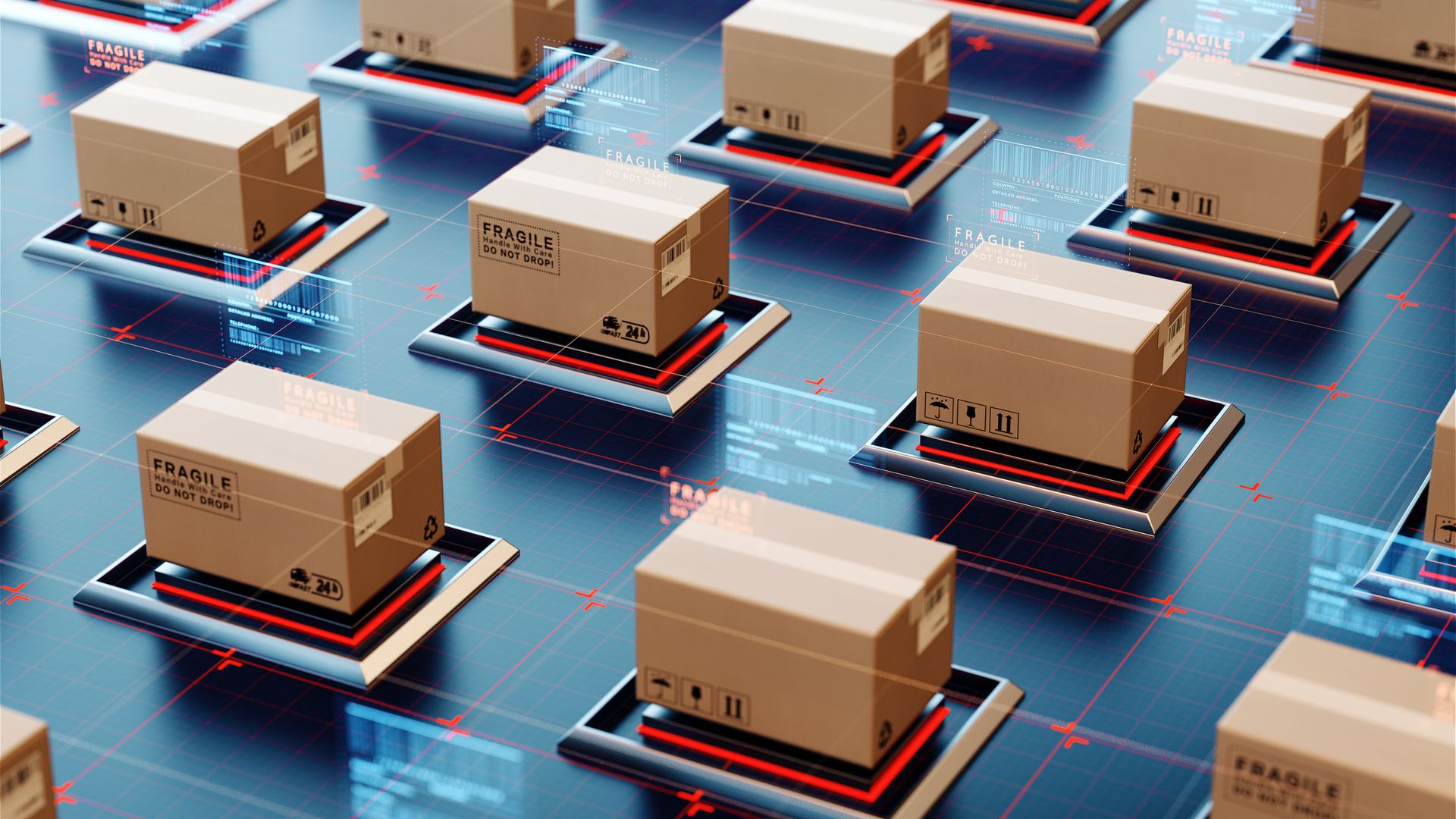In a highly competitive industrial environment, the constant optimization of production processes is key. Automated production scheduling emerges as an effective solution that leverages advanced analytical and quantitative technologies to improve efficiency, reduce costs, and strengthen companies’ competitive capabilities. Below, we explore what it is, its benefits, tools and methodologies, steps for implementation, and concrete examples across various industrial sectors.
What is Automated Production Scheduling?
Automated production scheduling involves using advanced computational systems to plan, control, and optimize production processes without constant human intervention. Through algorithms, simulations, and analytical models, this methodology enables agile responses to complex and dynamic situations, optimizing resources and increasing operational efficiency.
Evolution of Planning Systems in Industry
Historically, production planning was based on manual processes and subjective estimates. However, with technological advancements, companies have adopted more sophisticated systems, ranging from simple spreadsheets to advanced platforms that integrate artificial intelligence, simulation, and algorithmic optimization.
Benefits of Implementing Automated Scheduling
Integrating this technology provides multiple strategic advantages for industrial companies.
Cost Reduction and Downtime Minimization
Automated scheduling significantly reduces downtime through precise planning, identifying and eliminating operational inefficiencies. This directly translates into lower production costs and increased profitability.
Improved Coordination of Teams and Resources
With automated planning, teams and resources are precisely coordinated, improving internal communication and preventing unnecessary production delays.
Supply Chain Optimization
These systems also enhance logistics management by anticipating supply needs and dynamically adjusting inventory levels and delivery times.
Key Methodologies and Available Tools
Various technological tools support the effective implementation of automated scheduling in companies.
Specialized Production Scheduling Software
Tools like AnyLogic, used by Eurystic, facilitate the simulation and optimization of production processes through multi-paradigm models, allowing for tailored adaptation based on client needs.
Integration with ERP (Enterprise Resource Planning) Systems
The integration of automated scheduling systems with ERP platforms provides a real-time, comprehensive view of the production process, enabling strategic decision-making based on concrete and up-to-date data.
Automation and Use of Advanced Algorithms
Advanced algorithms, including techniques such as tabu search and machine learning, continuously optimize operational variables, ensuring optimal results and automatic decision-making without ongoing manual intervention.
Steps to Adopt Automated Production Scheduling
Implementing these systems requires a structured, phased approach:
Analysis of the Current Situation and Needs Assessment
It is essential to clearly identify areas for improvement and specific needs within the production process, establishing a thorough diagnosis to guide implementation.
Design and Implementation of the Solution
Following the initial analysis, a customized solution is designed to precisely meet the client’s objectives, integrating various analytical and quantitative tools.
Monitoring, Adjustments, and Continuous Improvements
The final phase involves continuously monitoring system performance, making adjustments, and implementing ongoing improvements to maintain and enhance the achieved benefits.
Examples in Different Industrial Sectors
The application of automated scheduling has proven successful across various industries.
Automotive Industry
Major automotive manufacturers like Toyota and Volkswagen use automated scheduling systems to optimize their production lines, automatically adjusting inventory levels, cycle times, and significantly reducing downtime and operational costs.
Consumer Goods Manufacturing
Procter & Gamble has implemented these technologies to optimize picking warehouses, increasing efficiency in order preparation and shipments, ensuring more effective delivery fulfillment.
Pharmaceutical Production
Pharmaceutical company Gobbi Novag utilized simulations to identify bottlenecks in injectable manufacturing, optimizing scheduling and defining clear production capacity limits.
Conclusion
Automated production scheduling represents an essential technological advancement for modern industrial companies, providing precise, effective, and cost-efficient solutions to current production challenges.









